1. Introduction to Cage Free Farm Equipment
With growing consumer awareness and increasing regulatory pressure for humane animal farming, Cage Free Farm Equipment has become an essential part of the poultry industry. These specialized tools and systems are designed to support cage free housing environments, enabling farmers to raise laying hens and broilers in spacious, humane conditions without the use of traditional cages.
Cage free equipment encompasses a broad range of products such as automated feeders, drinkers, nest boxes, perches, manure management systems, ventilation, lighting, and environmental control devices—all tailored to facilitate optimal animal welfare and production efficiency.
This equipment is critical for ensuring smooth farm operations, maximizing animal comfort and health, and complying with animal welfare standards globally.
2. Technical Parameters of Cage Free Farm Equipment
The technical specifications vary across equipment types, but key parameters common to most cage free farm equipment include:
2.1 Feeders
Type: Linear feeders, pan feeders, or chain feeders adapted for cage free layouts
Feeding Space: Minimum 12–15 cm feeding space per bird
Material: Food-grade stainless steel or durable plastic
Capacity: Sized to feed flocks from 1,000 up to 100,000+ birds
2.2 Drinkers
Type: Nipple drinkers, bell drinkers, or cup drinkers
Water Flow Rate: Adjustable, generally 0.5–1.5 liters per minute per nipple
Density: 1 nipple per 10 birds (typical)
Material: Corrosion-resistant stainless steel or plastic
2.3 Nest Boxes
Type: Manual or automated roll-away nests
Dimensions: Approximately 35 cm x 35 cm x 35 cm per nest
Capacity: 1 nest per 4–5 hens
Material: Galvanized steel or plastic, easy to clean
2.4 Perches and Racks
Length: 15–20 cm perch space per bird
Material: Wood, plastic-coated metal, or stainless steel
Design: Ergonomic shapes to promote natural roosting behavior
2.5 Manure Management Systems
Type: Belt manure removal systems or scrapers under slatted floors
Speed: Adjustable belt speeds to manage waste efficiently
Material: Stainless steel or durable plastic belts
2.6 Environmental Control
Ventilation: Tunnel fans, natural ventilation, or combination systems
Lighting: LED systems with adjustable intensity and timers
Sensors: Temperature, humidity, and ammonia sensors for automation
3. Key Features of Cage Free Farm Equipment
3.1 Designed for Animal Welfare
Equipment allows birds to express natural behaviors such as perching, nesting, foraging, and dust bathing.
3.2 Robust and Durable
Manufactured to withstand harsh barn conditions—moisture, dust, ammonia, and physical wear.
3.3 Modular and Scalable
Equipment can be customized and scaled according to flock size and barn layout.
3.4 Easy to Clean and Maintain
Smooth surfaces and corrosion-resistant materials help maintain hygiene and reduce disease risks.
3.5 Energy Efficient
Modern systems incorporate energy-saving motors, LED lighting, and efficient fans.
3.6 Automation Ready
Compatible with farm management software and automated control systems for feeding, watering, and climate control.
4. Advantages of Cage Free Farm Equipment
4.1 Improved Bird Health and Productivity
Equipment that meets welfare needs reduces stress and injuries, leading to higher egg production and better growth rates.
4.2 Compliance with Welfare Standards
Supports farms in meeting national and international welfare certifications.
4.3 Labor Savings
Automation and ergonomic design reduce manual labor and improve operational efficiency.
4.4 Reduced Feed and Water Waste
Precise feeders and drinkers minimize spillage and waste.
4.5 Enhanced Biosecurity
Easy-to-clean equipment lowers disease transmission risks.
4.6 Better Environmental Control
Advanced ventilation and lighting systems optimize barn climate, improving bird comfort.
5. Application Scenarios
5.1 Commercial Cage Free Layer Farms
Equipped with nest boxes, feeders, drinkers, and manure systems designed for large flocks.
5.2 Broiler Farms with Cage Free Systems
Feeding and watering systems adapted to broiler growth stages.
5.3 Organic and Free-Range Operations
Used indoors in barns supporting organic or free-range certifications.
5.4 Small-Scale and Backyard Cage Free Farms
Modular equipment tailored for smaller flock sizes.
5.5 Research and Pilot Farms
For testing and improving cage free management practices.
6. Installation and Usage Instructions
6.1 Site Preparation
Ensure clean, dry foundation and utility connections
Plan barn layout optimizing space and equipment placement
6.2 Equipment Assembly
Follow manufacturer instructions for assembly and mounting
Adjust feeders and drinkers for bird size and behavior
Install manure belts or scrapers with proper tensioning
6.3 System Integration
Connect ventilation, lighting, and environmental control devices
Program automation systems according to flock needs
6.4 Bird Introduction
6.5 Routine Operation
Check feeders and drinkers daily for blockages or malfunctions
Monitor environmental sensors and adjust controls
Remove manure regularly to maintain hygiene
7. Maintenance Guidelines
Clean feeders, drinkers, and nests weekly to prevent disease
Lubricate moving parts in manure belts and automation systems
Inspect and replace worn components such as belts, valves, and sensors
Perform annual system audits to ensure efficiency and compliance
8. Troubleshooting Common Issues
Issue 1: Feed Spillages
Issue 2: Water Leakage
Cause: Faulty nipple drinkers or broken pipes
Solution: Replace damaged parts, inspect piping regularly
Issue 3: Poor Nest Usage
Issue 4: Manure Belt Malfunction
Issue 5: Ventilation Problems
9. Frequently Asked Questions (FAQ)
Q1: What is cage free farm equipment?
Equipment specifically designed to support cage free poultry housing systems.
Q2: Can cage free equipment be retrofitted?
Yes, many systems can be adapted to existing barns with proper planning.
Q3: How much feeder space is needed per bird?
Typically 12–15 cm per bird is recommended.
Q4: How often should drinkers be checked?
Daily checks to ensure no blockages or leaks.
Q5: What materials are best for feeders and drinkers?
Stainless steel or durable plastics that are corrosion resistant.
Q6: How do manure belts improve farm hygiene?
By regularly removing waste, they reduce ammonia buildup and pathogens.
Q7: Is automation necessary for cage free equipment?
Automation improves efficiency but is optional depending on farm scale.
Q8: What are common maintenance tasks?
Cleaning, lubrication, inspection, and timely repair of components.
Q9: How does cage free equipment affect bird welfare?
It supports natural behaviors and reduces stress and injuries.
Q10: Can cage free equipment improve production?
Yes, healthier birds generally produce better eggs and meat quality.
10. Conclusion
Cage Free Farm Equipment is indispensable for modern poultry farms transitioning to or operating within cage free systems. By combining animal welfare with efficient management, these tools and systems enable farmers to meet ethical standards and market demands while maintaining profitability.
Investing in high-quality cage free equipment, coupled with proper installation, operation, and maintenance, will optimize farm performance, improve bird health, and enhance product quality.
As consumer expectations evolve and regulations tighten, cage free equipment will continue to play a vital role in sustainable poultry farming.
Company Profile
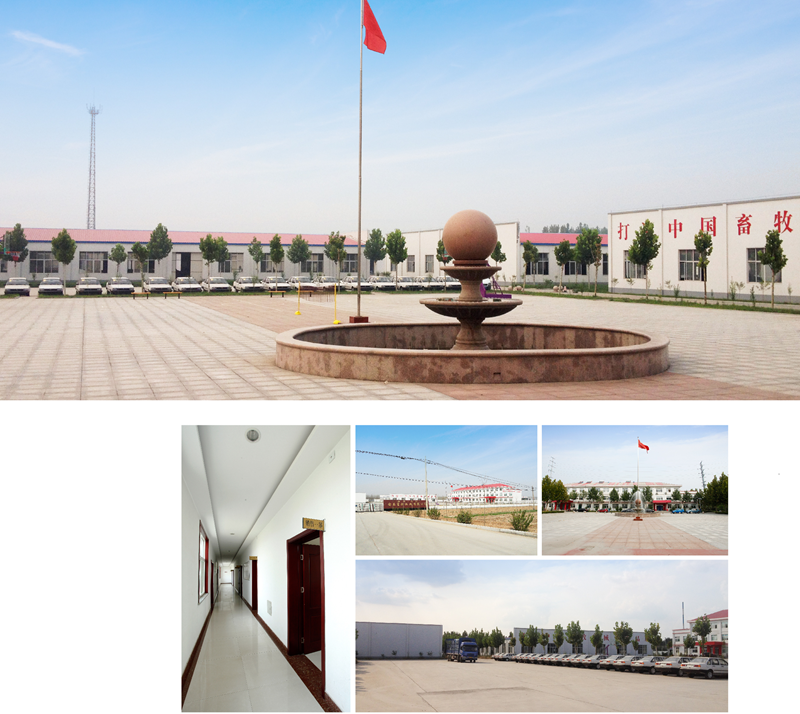
Shandong Huimin Qinle Livestock Machinery Co., Ltd. (formerly Shandong Huimin Qinle Livestock Machinery Factory) is a professional poultry equipment manufacturer with over 20 years of experience. We offer a comprehensive service package, from design (land and chicken coops), production (equipment and prefabricated steel coops), installation, commissioning, customer training, and after-sales service.
Located in Huimin County, Binzhou City, Shandong Province, China, the company has extensive experience in mechanical processing and manufacturing, as well as livestock machinery production and operation. With fixed assets of RMB 15 million, the company employs 160 people, including 30 R&D staff, and occupies a 40,000-square-meter factory. Equipped with over 110 pieces of advanced precision production equipment, including CNC machining centers and laser cutting machines, the company boasts a production capacity of RMB 50 million.
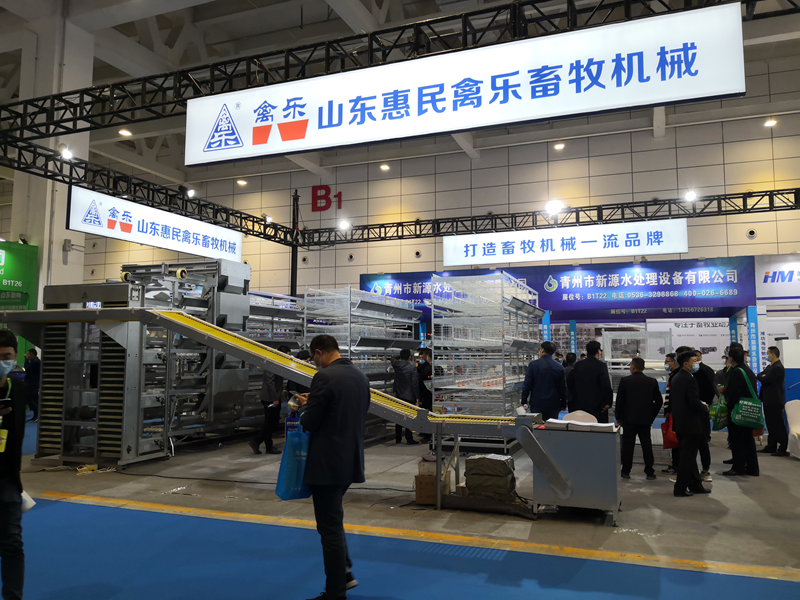


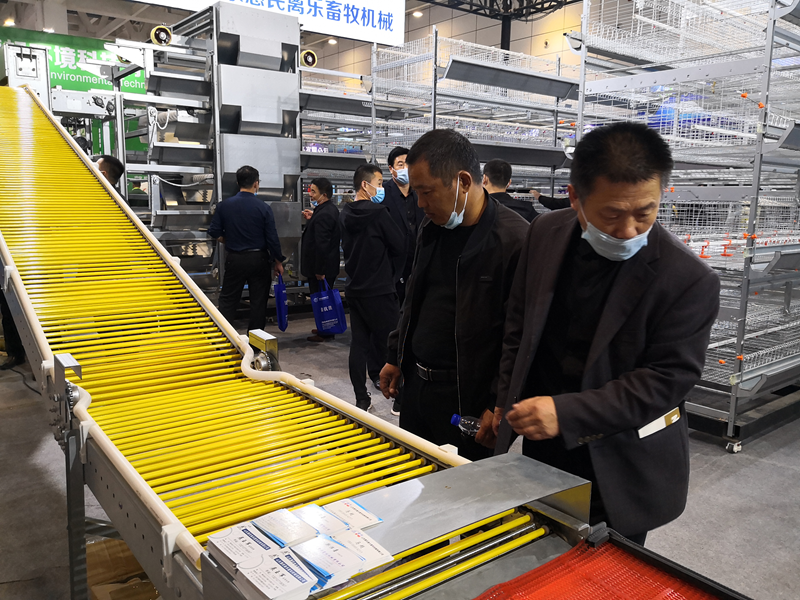
Chicken Farming Equipment Mesh Production Workshop

Machining Workshop

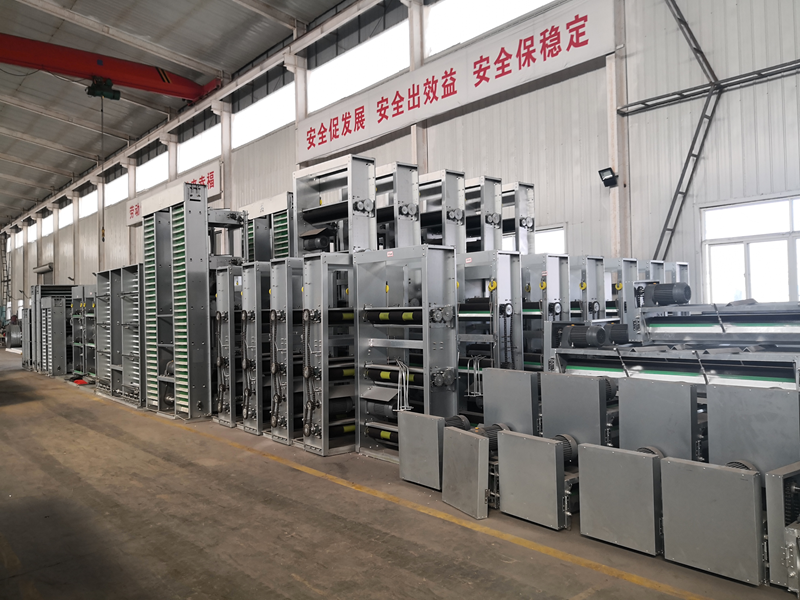
Turret-type CNC Punch Press, Laser Cutting and Other Machining Equipment



Fully Automated Roll Forming Production Line

Hot-dip Galvanizing Production Line

Electroplating Production Line

Environmental Protection Equipment

Chicken Farming Equipment Product Series
Egg-laying Hen Farming Equipment
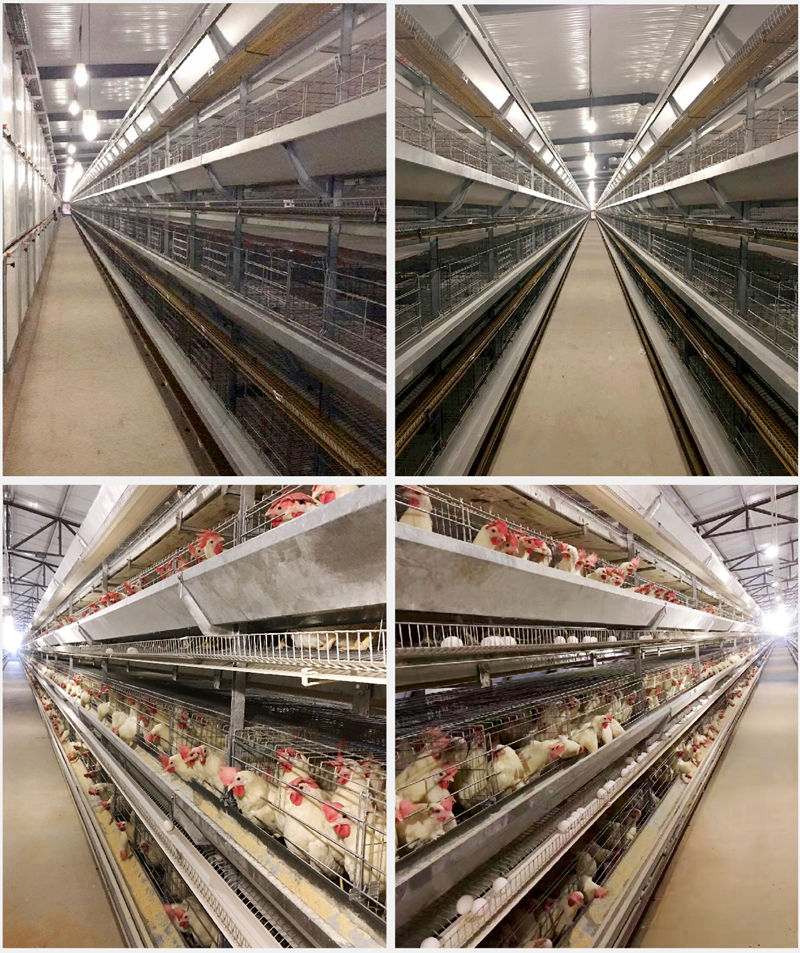
Stacked Brooding Cage Equipment

Stacked Broiler Cage Equipment
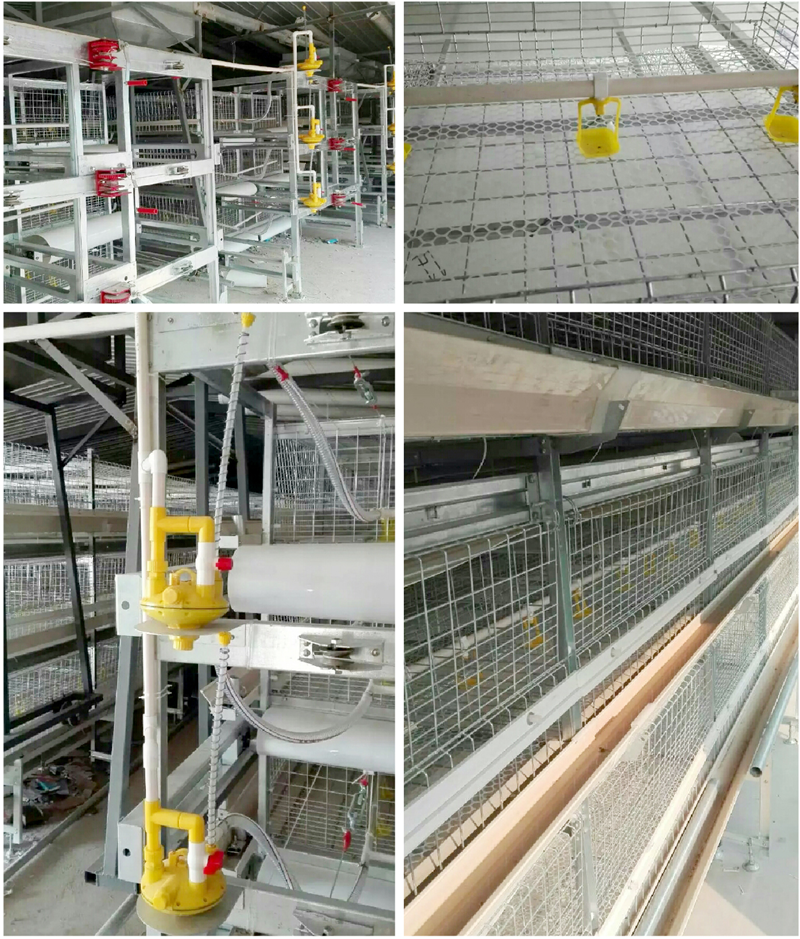
Stepped Layer Hen Cage Rearing Equipment
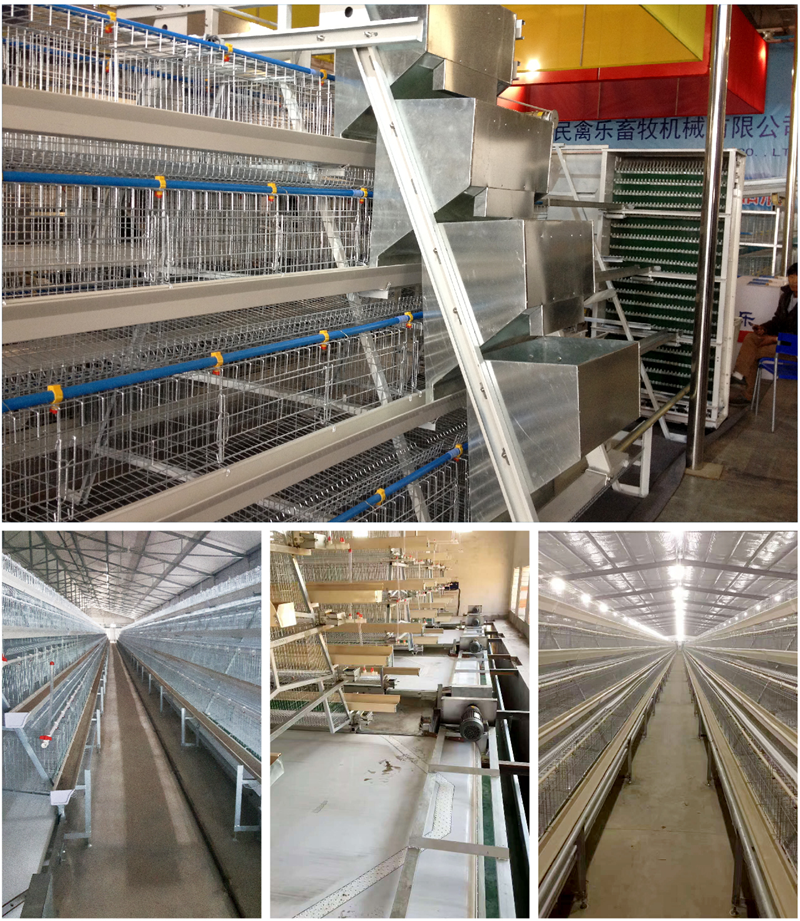
Automatic Egg Collection System

H-type Cage Feeding Machine
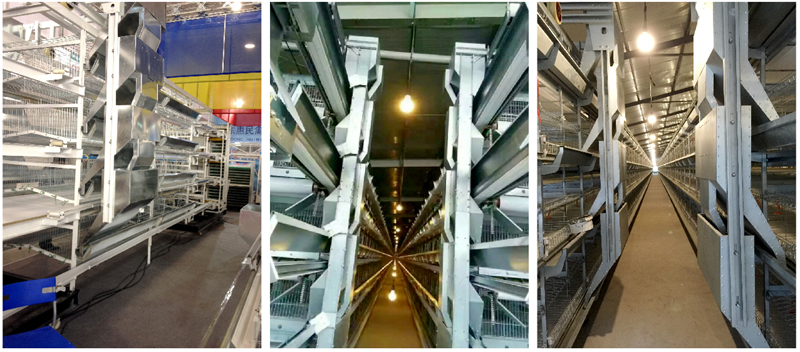
Stepped Cage Straddle Feeder
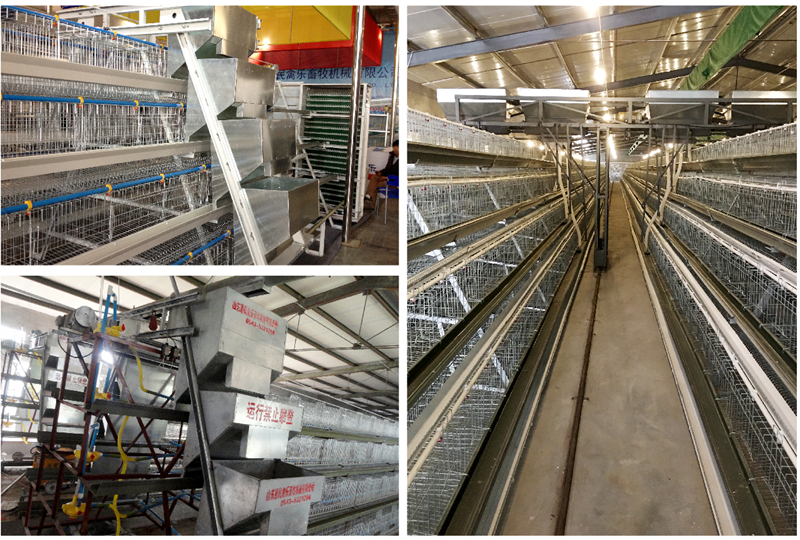
Manure Removal Machine

Fans, Heated Curtains, Environmental Control Systems, and Lighting Equipment
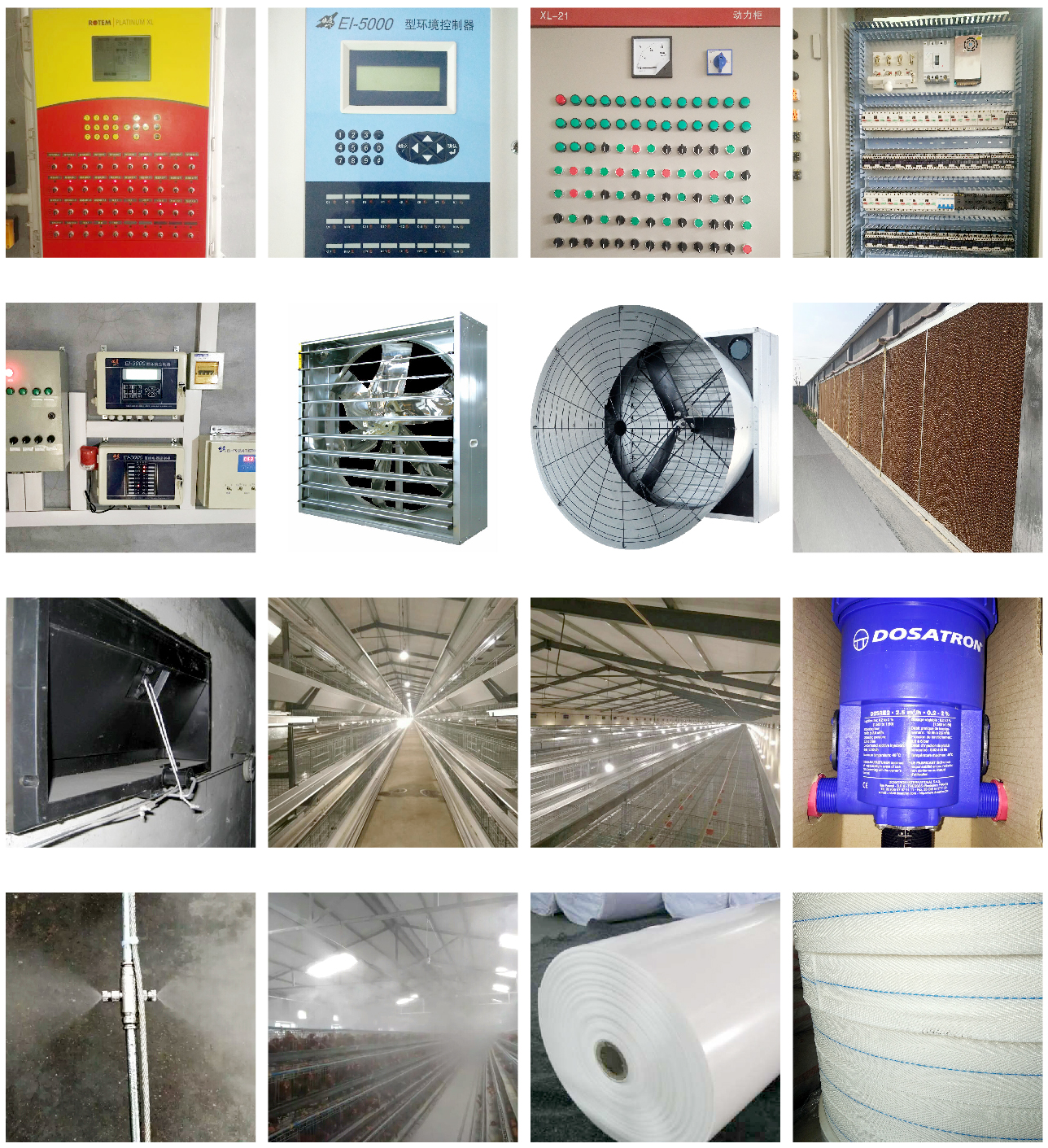
Complete Set of Equipment for Organic Fermentation Treatment of Manure


 Catalogue
Catalogue































 Whatsapp
Whatsapp Телефон
Телефон